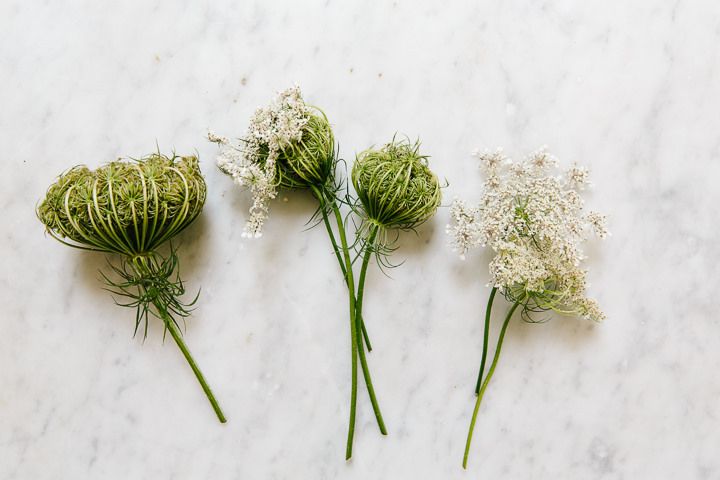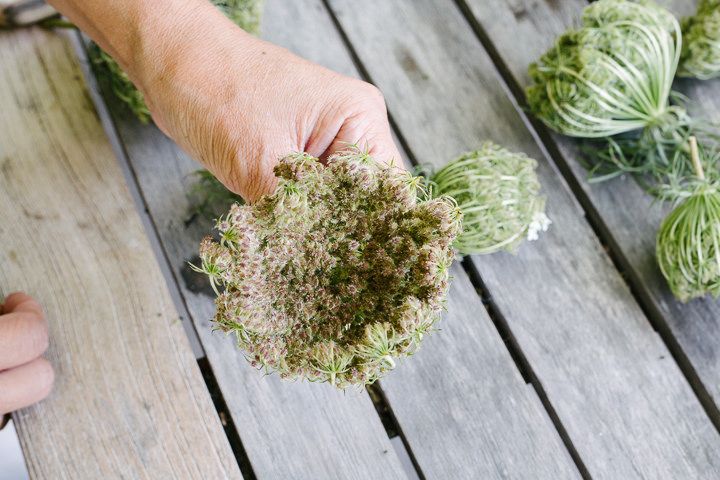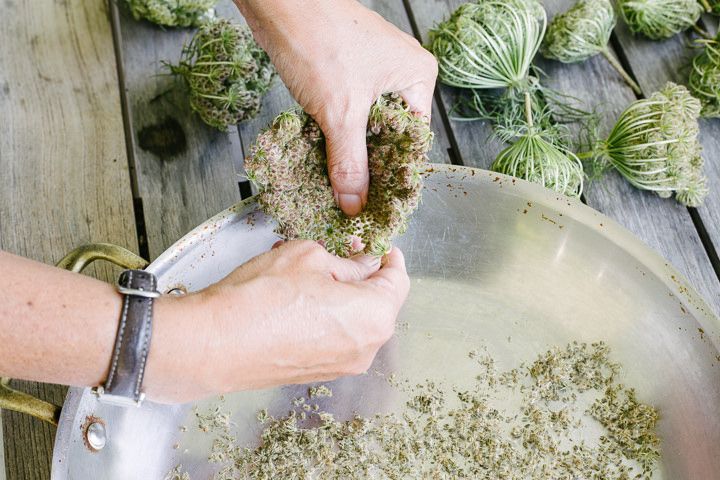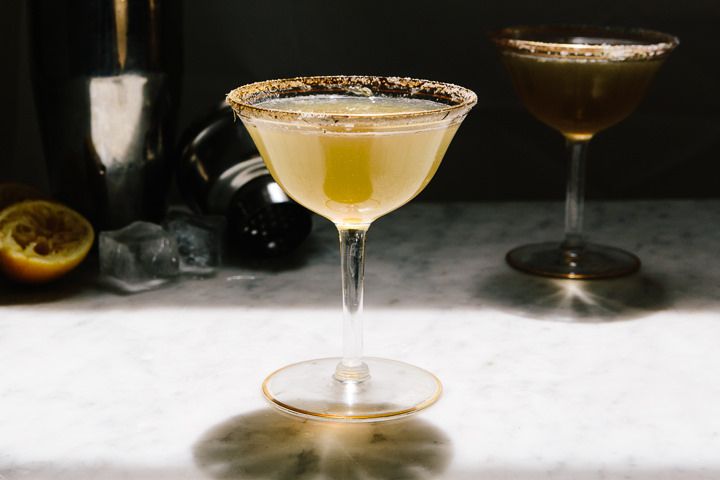Popular on Food52
7 Comments
tama M.
September 15, 2014
Thank you Agatha. Yes we do have special additional notes in the article as well as my book Foraged Flavor about being cautious if you are pregnant at al as well as the similarities to poison hemlock which is not the usual disclaimer. We also invite people to contact us on our website for identification and other assistance.
Agatha
September 15, 2014
Beautiful article, but Queen Anne's Lace deserves a little more than the "usual disclaimer" at the end about making sure to properly identify what you harvest and the author not assuming liability for the readers mistakes. Wild carrot has a fatally posionous look alike that is extremely difficult for beginners to differentiate between. Also, although occasional, spare use of wild carrot seed is fine it has several potent medicinal uses- not the best idea to use it regularly/heavily. - Agatha Noveille http://www.indieherbalist.com/
jackie
September 7, 2014
Please, please, please be careful with wild carrots. I know a plant specialist who died because he picked the poisonous wild carrots and ate the soup he made from them.
Sandy P.
May 23, 2018
jackie The plant specialist who confused wild carrot with a poisonous plant and died..was obviously NOT a plant specialist. I am not a plant specialist. But, I learned to identify many wild edibles..including wild carrot from my Italian grandmother, and have been safely picking many species of edible plants & mushrooms for 50+ years. I feel badly for the person who died..but that is not a mistake that a plant specialist should make.
Sophia H.
September 6, 2014
Oh wow! Thank you for this, I never considered the flowers, I once ate a root as a child abs discovered that it tasted kinda like a carrot, then many years later found out they were a relative of carrots. I have to find some now.
tama M.
September 1, 2014
Yes thank you so much Melissa. Although some other carrot family plants have hairy stems also so not a singular identifier for QAL alone. (Also the poison hemlock is characterized by purple blotches on the stem.) For the purposes of this column about the fruits, I have focused on the "tangled birds nest" fruiting structure predominant at this season.
Melissa D.
September 1, 2014
A good way to tell Queen Anne's Lace apart from Poison Hemlock is to look at the stems. Queen Anne's Lace have "hairs" on the stems. (A great mnemonic for this wild edible is "The Queen has hairy legs"). Poison Hemlock's stems are smooth.





See what other Food52 readers are saying.